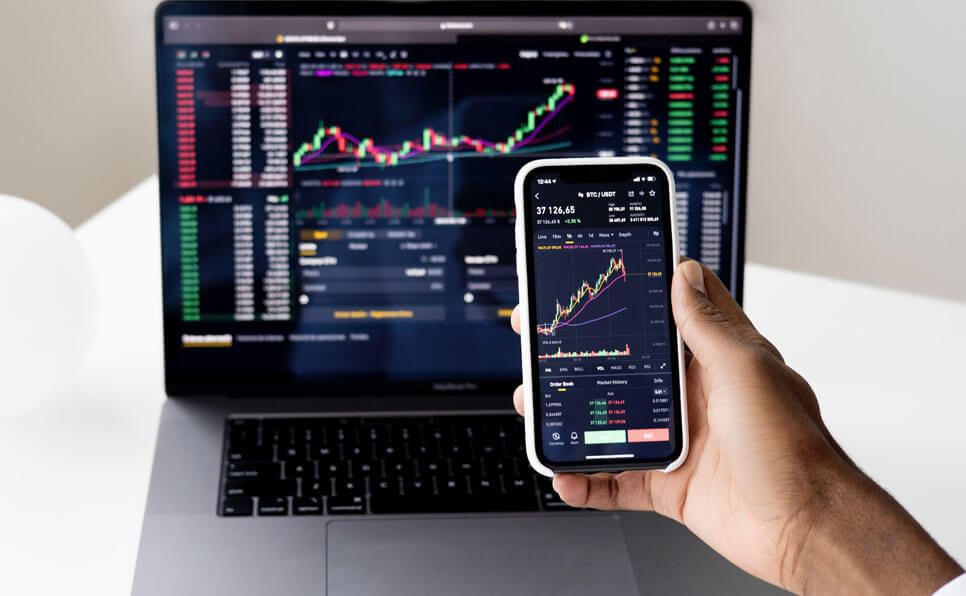A Landmark Project in Egypt
ENGIE’s commissioning of the 650 MW Red Sea Wind Energy (RSWE) project in Ras Ghareb is a watershed moment for Egypt’s renewable energy journey. As the largest onshore wind farm in both the Middle East and Africa, it not only represents a technological milestone but also reflects Egypt’s growing role as a renewable energy hub in the Global South. Completed four months ahead of schedule, the project demonstrates how strong partnerships, favorable regulatory conditions, and effective financing structures can accelerate clean energy adoption in developing economies.
The project is part of the Red Sea Wind Energy consortium, which includes ENGIE (35%), Orascom Construction PLC (25%), Toyota Tsusho Corporation (20%), and Eurus Energy Holdings Corporation (20%). This blend of European, Japanese, and Egyptian expertise highlights the truly international nature of renewable energy development today. Beyond generating power for over one million Egyptian households annually, the farm is projected to save millions of cubic meters of natural gas imports, a critical benefit given Egypt’s recurring energy shortages and foreign exchange pressures.
Fallout from Fossil Fuel Dependence
Egypt, like many countries in the region, has historically relied heavily on fossil fuels for its energy mix. Natural gas dominates electricity generation, leaving the country exposed to price volatility in global LNG markets. In recent years, Egypt has faced growing domestic demand, fuel supply bottlenecks, and foreign exchange shortages, all of which have strained the economy. The RSWE project provides an alternative pathway by reducing gas dependency and allowing the state to redirect scarce foreign currency toward other essential imports.
Moreover, the project directly supports Egypt’s commitment to generating 42% of its electricity from renewables by 2030, aligning with both domestic climate pledges and international obligations under the Paris Agreement. It also enhances Egypt’s reputation as a regional clean energy leader, strengthening its case to attract further foreign direct investment in renewables, hydrogen, and grid infrastructure.
Why the Project Was Fast-Tracked
One of the standout features of the RSWE project is its early completion, a rare achievement in large infrastructure projects where delays are the norm. Several factors contributed to this success: streamlined permitting processes in Egypt, the strong project management capabilities of the consortium, and the availability of long-term financing backed by institutions such as the Japan Bank for International Cooperation (JBIC), the European Bank for Reconstruction and Development (EBRD), and Société Générale. This reflects a growing confidence among global financiers in Egypt’s renewable sector, a positive signal for upcoming mega-projects in wind and solar.
The geography of the Gulf of Suez also plays a major role. With wind speeds exceeding 9 meters per second, the location is among the most optimal globally for large-scale wind power generation. Coupled with government support and long-term Power Purchase Agreements (PPAs), these conditions make Egypt one of the most attractive renewable investment destinations in the MENA region.
ENGIE’s Broader MENA Ambitions
While the RSWE is a flagship project, ENGIE’s ambitions extend across the entire Middle East and North Africa. The French utility has set a global goal of nearly doubling its renewable capacity from 51 GW today to 95 GW by 2030, with MENA positioned as one of the fastest growth markets. The region offers several advantages over Europe and the U.S., where ENGIE often faces longer permitting timelines, stronger opposition from local communities, and more complex regulatory hurdles.
Countries like Morocco, the UAE, Saudi Arabia, and Egypt have created favorable environments for renewables, including government tenders, clear roadmaps, and ambitious decarbonization targets. Morocco is pushing ahead with green hydrogen and ammonia projects that could supply European markets, while Saudi Arabia’s Vision 2030 is driving large-scale solar and wind tenders to diversify its oil-based economy. In the UAE, Dubai and Abu Dhabi are building record-breaking solar parks, while also experimenting with energy storage solutions. By positioning itself strategically in these countries, ENGIE is not only tapping into regional demand but also aligning with global clean energy trade flows.
Opportunities Beyond Power Generation
The Red Sea project is not just about electricity it is about enabling a future clean energy ecosystem. Large wind farms provide the backbone for emerging industries such as green hydrogen production, which requires cheap renewable electricity for electrolysis. Egypt has already signed multiple MoUs for green hydrogen development, with the Suez Canal Economic Zone envisioned as a hub for exports to Europe and Asia. ENGIE’s established footprint in Egypt through RSWE provides it with a first-mover advantage in scaling hydrogen partnerships.
Additionally, renewable projects create jobs, spur local manufacturing of components like wind turbine parts, and foster technology transfer. In Egypt, the RSWE has already generated thousands of temporary and permanent jobs, many of which involve skill-building in high-tech sectors. Over time, this can help establish a domestic supply chain for renewable components, reducing reliance on imports and further enhancing the country’s competitiveness.
Challenges on the Horizon
Despite the optimism, ENGIE’s expansion in MENA faces several hurdles. Political risk, regulatory uncertainty, and financial stability in some markets could slow progress. Egypt, for instance, still grapples with high inflation, foreign debt pressures, and fluctuating investment sentiment. Grid stability is another concern, as renewable energy introduces intermittency that requires storage and advanced grid management. Without significant investment in transmission and storage infrastructure, integrating large amounts of wind and solar could strain national grids.
Yet, the risks are counterbalanced by opportunity. International climate finance, sovereign wealth funds in the Gulf, and global investors seeking exposure to growth markets are likely to keep MENA at the forefront of renewable development. ENGIE’s proven track record with projects like RSWE enhances its credibility in navigating this complex environment.
What Comes Next
ENGIE is already moving forward with plans for a 900 MW wind farm expansion in the Gulf of Suez, again in partnership with its Red Sea Wind Energy consortium partners. This pipeline project, when combined with the operational RSWE, will give ENGIE a commanding presence in the region’s renewable energy sector. At the same time, the company is pursuing opportunities in hybrid solar-wind plants, battery storage, and green hydrogen projects to ensure that its growth is sustainable and future-proof.
If ENGIE achieves its 2030 capacity target in MENA, it will reshape the region’s energy map by reducing emissions, strengthening energy independence, and positioning the Gulf and North Africa as global clean energy exporters. The success of the RSWE project proves that the transition is not only possible but can be achieved faster than expected with the right partnerships, financing, and government support.



